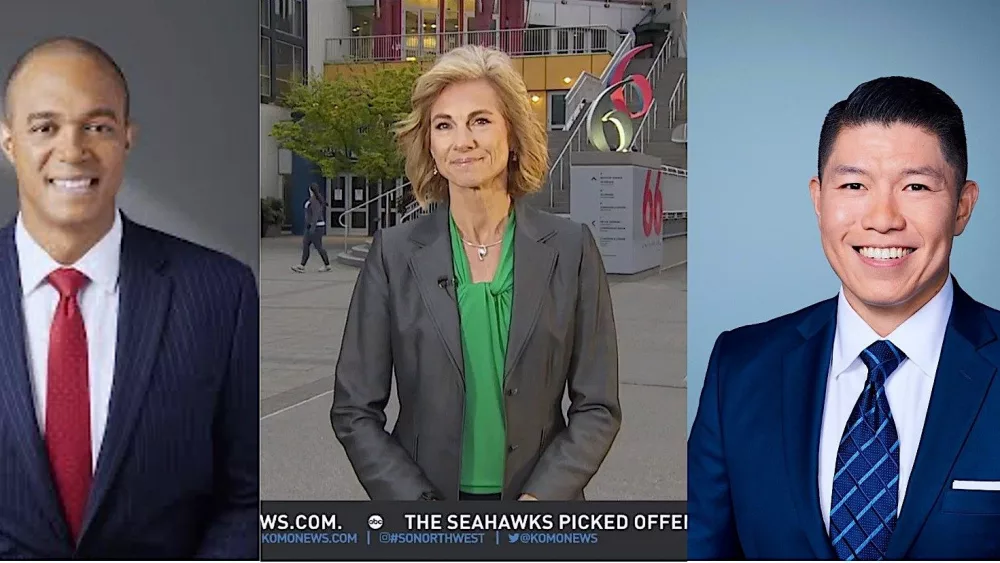Images from King County Regional Homelessness Authority’s March 15th presentation
The 5-year plan to address homelessness in the region estimates 23,000 people will need help each year at a cost approaching $12 billion dollars.
When you compare that number of 23,000 people to the King County Regional Homelessness Authority’s 2022 progress report, it shows roughly half that were placed into some kind of housing. Still, the KCRHA proposal calls for 48,000 permanent housing units and temporary shelter for up to 36,000 people over its 5-year plan.

County Council member, Girmay Zahilay, says he’s baffled when people know the scope of the problem but still bristle at the price tag, but he says they still need to be accountable. “I think it would be helpful to get a sense of not just the raw numbers, but the progress being made,” Zahilay says, “‘This is the scale of homelessness, and if you invest this much money, you will be this much closer to solving the problem.’”
Other council members say they also want to see the costs broken down to the line item, which they say they need to provide transparency and to be accountable to the people paying the taxes they’re spending on this problem. KCRHA says it’s still working on its proposal, but it expects to have a breakdown in early April.
Just a few hours later, Seattle’s Human Services Department updated the City Council on efforts to house homeless people and why some refused shelter.
The report says nearly 6,300 people received shelter referrals between Human Services and other organizations in 2022, but only 680 were confirmed enrolled into shelters, up from 512 in 2021.
4th Quarter 2022 is when HSD began to track reasons why offers of shelter were turned down, with 21% saying they wanted a tiny home, 11% saying they wanted permanent housing but nearly a quarter (24%) who say they didn’t want shelter.
Some council members said the ‘don’t want shelter’ response might not really explain a refusal. Jeff Simms with the King County Regional Homelessness Authority, who joined HSD’s presentation to answer questions since the two agencies are now partnered, says there are often other reasons people turn down offers of shelter. Simms says, “The ‘three Ps’ – pets, partners and possessions – are substantial. We lose sight of what is really going on with why a person would say ‘no’ and why they’re choosing to continue to be exposed to elements and have safety and vulnerability rather than moving into a facility.” Council member, Lisa Herbold, suggested possibly changing the language in the survey or the report to give a better indication of why someone turns down a shelter offer.
Council member, Andrew Lewis, suggested that since tiny homes seem to be in popular demand – and that having more of them available made it possible to clear a couple of homeless camps neighbors considered troublesome, that making more tiny homes or other places where people can have privacy and a locking door available might help cut the number of offers refused.
You can see HSD’s presentation to the City Council here.





